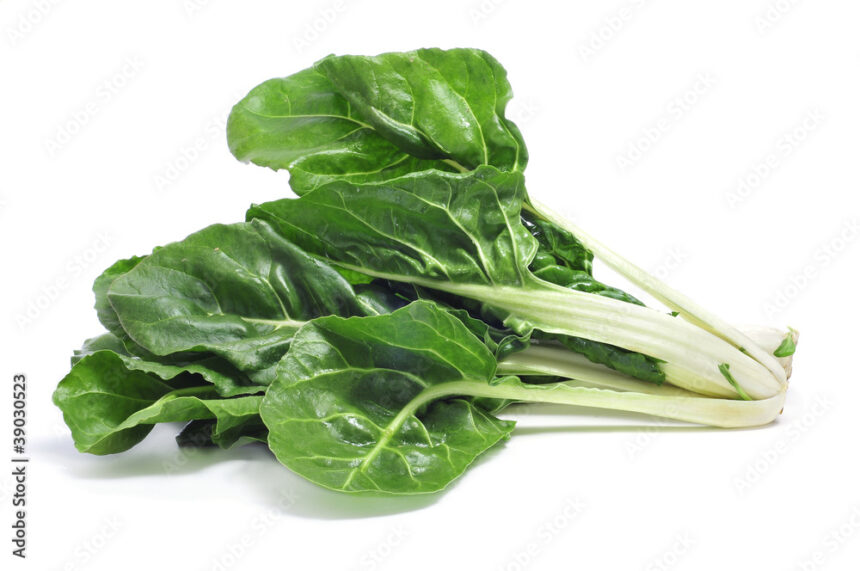Anthracnose is a fungal disease that commonly affects spinach and other plants. It can cause significant damage to the leaves, stems, and fruits of the plant. Here are the symptoms of anthracnose you should look out for in spinach:
- Leaf Lesions: Anthracnose initially appears as small, water-soaked lesions on the leaves of spinach. These lesions are usually dark brown to black in color and may have a sunken appearance. Over time, the lesions can enlarge and merge together.
- Stem Cankers: Anthracnose can cause cankers or sunken areas on the stems of spinach plants. These cankers are often dark brown or black and may ooze a sticky fluid. The affected stems may become weak and may eventually collapse.
- Fruit Rot: In more severe cases, anthracnose can affect the fruits of spinach plants. Infected fruits may develop circular or irregular-shaped lesions that are sunken, dark-colored, and may have a pink or orange halo. The lesions can cause the fruits to rot and become mushy.
- Defoliation: As the disease progresses, severe anthracnose infections can lead to significant defoliation of the spinach plant. The leaves may turn yellow, wither, and eventually drop off, reducing the overall vigor of the plant.
- Spore Production: Anthracnose fungi produce spores, especially in moist conditions. You may observe black or dark-colored fungal spore masses on the surface of the lesions or on nearby plant debris.
It is important to note that these symptoms can also be caused by other diseases or environmental factors. To accurately diagnose anthracnose in spinach, it is advisable to consult with a plant pathologist or a local agricultural extension service. They can provide guidance on appropriate control measures to manage the disease effectively.
Join 'Farmers Mag' WhatsApp Channel
Get the latest Farming news and tips delivered straight to your WhatsApp
CLICK HERE TO JOIN






